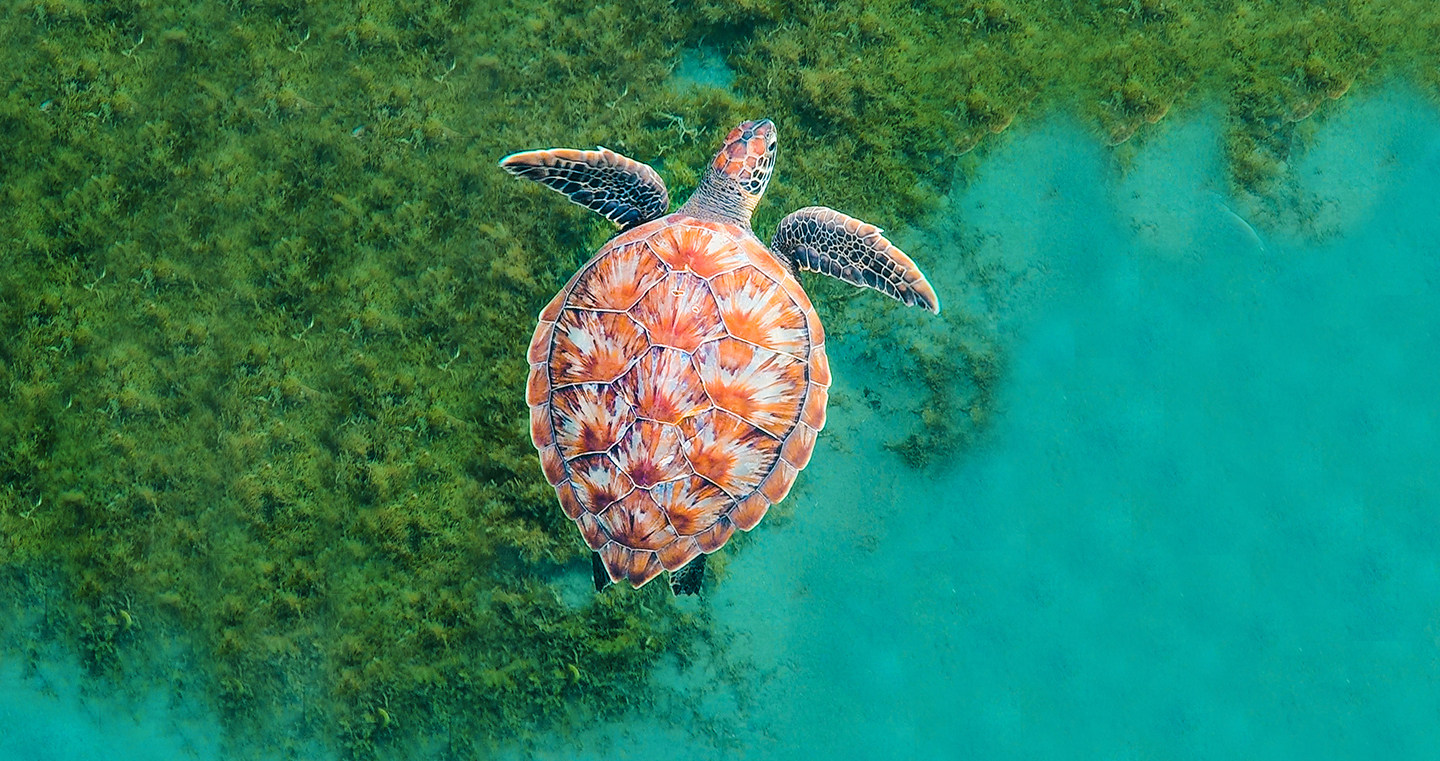To create educational and actionable content that helps familiarize the public and policy makers alike with the current state of our oceans, one needs to become creative. The hundreds of scientists that worked on the United Nation’s Second World Ocean Assessment must have known it would be a tall order for individuals, however environmentally conscious, to seek out and read the 520 page report! To make it easily accessible for everyone, the UN created a beautiful, short video summary. Healthy Seas was happy to support its creation and distribution!
In a nutshell, the report finds that the key to a healthy ocean is international collaboration as well as combining environmental, social and economic knowledge. This allows for integrated approaches to ocean management and sustainable solutions to problems in the marine environment incorporating global, regional and local actors.
Through our projects and approach, Healthy Seas has been an advocate for the sustainable use of the oceans since our founding in 2013. Through our activities, we are aligned with the UN’s Sustainable Development Goals, especially SDG14 “Life Below Water”1.
The Second World Ocean Assessment (WOA II) is the major output of the second cycle of the Regular Process for Global Reporting and Assessment of the States of the Marine Environment, including Socioeconomic Aspects. It is the newest outcome of the only integrated assessment of the world’s ocean at the global level covering environmental, economic and social aspects.
WOA II is a collective effort of interdisciplinary writing teams made up of more than 300 experts, drawn from a pool of over 780 experts from around the world. It provides scientific information on the state of the marine environment in a comprehensive and integrated manner to support decisions and actions for the achievement of Sustainable Development Goals, in particular goal 14, as well as the implementation of the United Nations Decade of Ocean Science for Sustainable Development.
Relevant links:
Ocean benefits increasingly undermined by human activity, UN assessment reveals
By Aligning with the SDGs we turn the invisible, into the visible.



